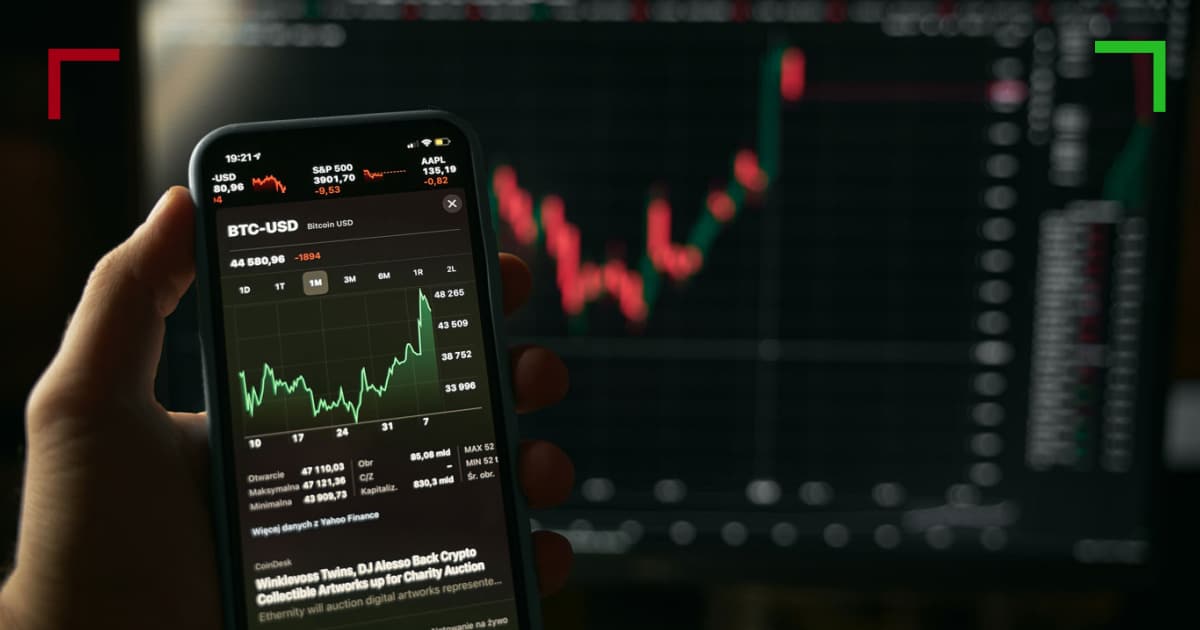Essential Guide to Crypto Trading Setup Navigate the Market Successfully

Essential Guide to Crypto Trading Setup: Navigate the Market Successfully
In the volatile world of cryptocurrencies, having a well-defined crypto trading setup is crucial for success. Whether you are a beginner or a seasoned trader, understanding the various components of a trading setup can significantly enhance your trading performance. With the right tools and strategies, you can minimize risks and maximize your potential profits. This guide will explore essential elements of a successful crypto trading setup, tips for choosing a trading platform, and the importance of disciplined trading.
For more insights, Crypto Trading Setup click here to discover even more valuable resources.
1. Understanding the Crypto Market
The cryptocurrency market operates 24/7, which can be both an advantage and a challenge. Unlike traditional stock markets, crypto markets are known for their extreme volatility. This volatility creates opportunities for traders but also increases the level of risk involved. Therefore, it’s essential to have a solid understanding of market trends, news events, and technical analysis before diving into trading.
2. Choosing the Right Trading Platform
Your trading platform is your gateway to the crypto market. Selecting the right exchange is a critical step in your crypto trading setup. Here are several factors to consider:
- Security: Ensure that the platform has robust security measures, including two-factor authentication and cold storage for funds.
- User Experience: The platform should be easy to navigate, especially for beginners.
- Fees: Be aware of the fee structure, including trading fees, withdrawal fees, and deposit fees.
- Liquidity: A platform with high liquidity allows for faster trades and less slippage.
3. Setting Up Your Trading Account
Once you’ve chosen a trading platform, the next step is setting up your account. This process typically involves the following steps:
- Completing the registration form with your personal information.
- Verifying your identity by providing documents as required by the exchange.
- Funding your account with fiat currency or cryptocurrency.
- Configuring security settings, including two-factor authentication.

4. Developing a Trading Strategy
A well-thought-out trading strategy is one of the cornerstones of a successful crypto trading setup. There are several strategies you can consider:
- Day Trading: Involves making multiple trades within a single day to capitalize on small price movements.
- Swing Trading: This approach focuses on holding positions for several days or weeks to benefit from anticipated price swings.
- HODLing: A long-term investment strategy where traders hold onto their assets regardless of short-term market fluctuations.
- Scalping: A strategy aimed at making small profits from very short-term trades.
5. Technical Analysis and Tools
Technical analysis is a vital component of any crypto trading setup. It involves analyzing price charts and using various indicators to forecast future price movements. Here are some key tools and indicators you may consider:
- Charts: Use candlestick charts to view price action over different timeframes.
- Moving Averages: Utilize simple or exponential moving averages to identify trends.
- Relative Strength Index (RSI): This momentum oscillator helps determine overbought or oversold conditions.
- Fibonacci Retracement Levels: Used to identify potential support and resistance levels.
6. Risk Management
Risk management is critical in trading as it helps you survive the inevitable losses. Here are a few techniques to manage your risk effectively:
- Position Sizing: Determine how much of your total capital will be allocated to each trade.
- Stop-Loss Orders: Use stop-loss orders to limit potential losses on each trade.
- Diversification: Avoid putting all your funds into a single asset; diversify your portfolio to spread risk.
7. Continuous Learning and Adaptation
The crypto market is constantly evolving. As a trader, continuous learning is essential. Stay updated with market news, analyze your past trades, and learn from both your successes and failures. Joining trading communities and forums can also provide valuable insights and strategies from fellow traders.
8. The Importance of Discipline
Discipline is the backbone of a successful trading routine. Many traders struggle with emotional decision-making, which can lead to impulsive trades and losses. Establish a routine, stick to your trading plan, and avoid chasing losses or getting greedy. Developing a disciplined mindset is crucial for long-term success in crypto trading.
Conclusion
Establishing a solid crypto trading setup is vital for navigating the complexities of the cryptocurrency market. By choosing the right platform, developing a strategy, implementing effective risk management, and remaining disciplined, you position yourself for success. Remember, trading is not a get-rich-quick scheme; it requires patience, education, and continuous improvement. Embrace the journey, and with time and effort, you can become a successful crypto trader.
